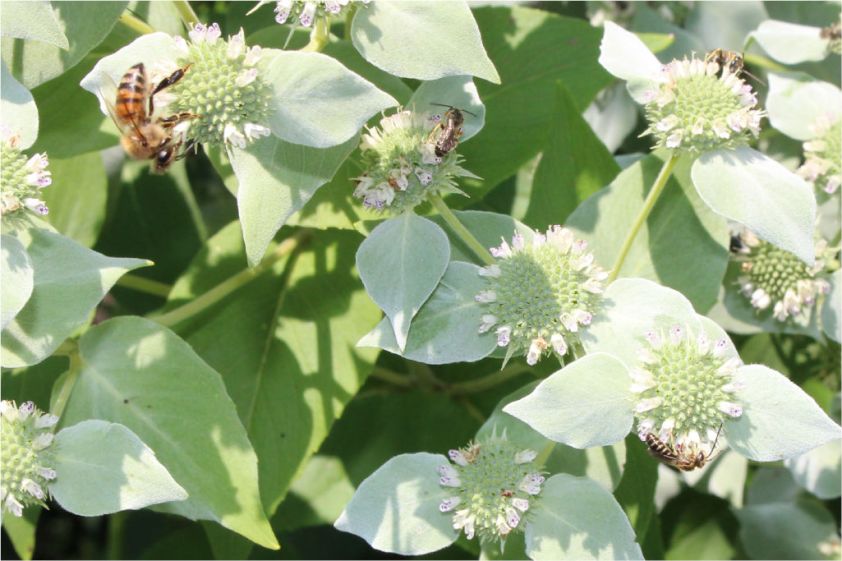Continuing in the vein of my prior post, we are now home from our trip to the EAS Short Course & Conference in Greenville, South Carolina. I was able to attend a keynote by Dr. Geoff Williams on the Bee Informed Partnership (BIP) Annual Colony Loss Survey. Dr. Williams is an assistant professor at Auburn University, and on the Board of the BIP. He spoke about the survey results and some successful management practices based on the data.
 Dr. Williams started with the national survey map (click to see the online version). 2018-19 was a particular poor year for colonies in the United States. Virginia, where I live, had over 59% of colonies were lost during the year (this includes both summer and winter losses, and makes me feel a little better about my 30% loss last year). Arizona has the highest losses at over 71%.
Dr. Williams started with the national survey map (click to see the online version). 2018-19 was a particular poor year for colonies in the United States. Virginia, where I live, had over 59% of colonies were lost during the year (this includes both summer and winter losses, and makes me feel a little better about my 30% loss last year). Arizona has the highest losses at over 71%.
Drilling into the data, Dr. Williams showed which practices were more likely to result in colony survival based on different areas of the country. For the southern U.S., which includes Virginia, he shared the following 5 factors:
- Action on Deadouts: beekeepers that re-used their equipment right away were more likely to have their colonies survive than beekeepers who did not.
- How colonies were started: colonies started from splits were more likely to survive than colonies started from nucs or packages.
- How much honey produced: beekeepers producing more honey had better survival rates.
- Comb culling: beekeepers that threw out or froze old comb had colonies survive better than beekeepers that did not manage older comb.
- Varroa Treatments: beekeepers that applied one or more treatments had better survival rates than those that did not.
It’s an interesting list, and some of these may be correlation rather than causation. For example, beekeepers using splits or producing more honey are likely more experienced, which may be an underlying cause. This and other analysis of the BIP survey data should be posted in the coming months. Dr. Williams also spoke of the importance of IPM, and taking action based on monitoring rather than one extreme (always treating) or the other (never treating).
The conference finishes with a Friday night banquet, which is always fun. Passing the gavel to the next President (from South Carolina to Maine), congratulating the new EAS Master Beekeepers (a fairly prestigious achievement), and enjoying a meal with friends. This year saw over 630 people make the trip, including vendors, guests, volunteers, and attendees.
It is now Sunday, definitely a day of rest, although I did a few activities in the bee yard this morning before the heat index topped 100 F (38 C). I also spent some time photographing our Mountain Mint (Pycnanthemum muticum), which was covered in dozens if not hundreds of bees. We are entering our summer dearth, so it is great to have a large stand of pollinator-friendly flowers blooming.

My crop of Mountain Mint. Last year I started with two pots from the nursery; this year it is a roughly 12 by 6 feet plot. The huge Thistle in the back is just starting to bloom. ©Erik Brown

This shows the relative size and density of the small white blooms and numerous bees. Note the honey bee and 4 to 5 other bees in the picture. ©Erik Brown

A blow-up of the prior shot showing what I believe is a sweat bee (Halictidae) of some sort. If you can identify it please add a comment. ©Erik Brown
Glad you had a good trip to EAS! Thanks for sharing that survey map. Very interesting. Looking forward to a fuller analysis of the data.
Your mountain mint is wonderful!
LikeLike
Thanks, and yes the mountain mint is amazing. It still had bees on this past weekend. I look forward to seeing the area expand next year!
LikeLike